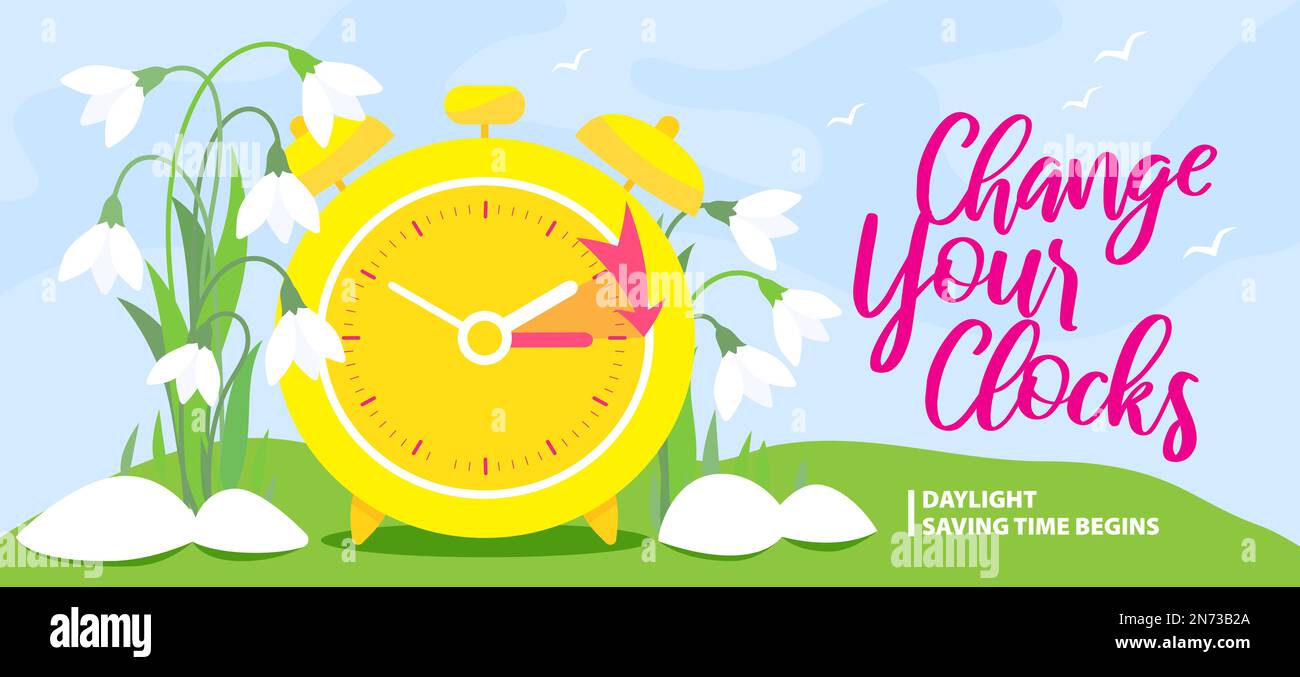Spring Forward In 2025: California's Unique Daylight Saving Time Schedule
As the clocks change once again, Californians will soon find themselves springing forward in 2025. But what sets California apart from other states when it comes to Daylight Saving Time (DST)? In this article, we'll delve into the Golden State's unique DST schedule and explore the history behind it.
The concept of DST was first introduced during World War I as a way to conserve energy. The idea was to move the clock forward by one hour in the summer months, allowing people to make the most of the extra daylight and reducing the need for artificial lighting. The United States adopted DST in 1918, but it was met with resistance and was eventually repealed in 1919.
California, however, has a long and complex history with DST. In 1942, during World War II, the state voluntarily participated in DST, along with the rest of the country. However, after the war, California opted out of DST in 1945, citing concerns about the impact on agriculture and the state's economy.
The Current DST Schedule
As of 2023, California will follow the standard DST schedule, moving its clocks forward by one hour on the second Sunday in March and back by one hour on the first Sunday in November. However, this is not the only schedule that California has used in the past.
In 2007, California voters approved Proposition 1, which allowed the state to opt out of federal DST and establish its own schedule. However, this change did not go into effect until 2019, when the state officially began observing DST on the second Sunday in March and the first Sunday in November.
Unique Aspects of California's DST Schedule
One of the unique aspects of California's DST schedule is the fact that the state does not observe DST uniformly across all time zones. While the state as a whole follows the standard DST schedule, some areas within the state, such as the Arizona desert and parts of Nevada, do not observe DST at all.
This is due to their geographic location, which results in them receiving more direct sunlight throughout the year. As a result, the need for DST is greatly reduced in these areas.
Another unique aspect of California's DST schedule is the fact that the state's schedule does not change on the last Sunday in March, as it does in most other states. Instead, the state begins DST on the second Sunday in March, which can result in a one-day difference in the start date of DST compared to other states.
History of California's DST Schedules
California's history with DST is complex and varied, with the state participating in DST in different ways over the years.
Early Years (1918-1945)
As mentioned earlier, California first adopted DST in 1918, as part of a nationwide effort to conserve energy. However, the state opted out of DST in 1919, citing concerns about the impact on agriculture and the state's economy.
Voluntary Participation (1942-1945)
During World War II, California voluntarily participated in DST, along with the rest of the country. This was part of a nationwide effort to conserve energy and resources.
Modern Era (2007-Present)
In 2007, California voters approved Proposition 1, which allowed the state to opt out of federal DST and establish its own schedule. However, this change did not go into effect until 2019, when the state officially began observing DST on the second Sunday in March and the first Sunday in November.
Current Debate
There is currently a debate in California about whether the state should revert back to its original DST schedule, which would have started DST on the last Sunday in March. Proponents of this change argue that it would result in a more uniform schedule across the state and reduce confusion among businesses and individuals.
However, opponents of the change argue that it would disrupt the state's economy and cause inconvenience for many people.
Frequently Asked Questions
Here are some frequently asked questions about California's DST schedule:
- Q: When does California start DST in 2025?
A: California starts DST on the second Sunday in March 2025. - Q: When does California end DST in 2025?
A: California ends DST on the first Sunday in November 2025. - Q: Does California observe DST uniformly across all time zones?
A: No, California does not observe DST uniformly across all time zones. Some areas within the state, such as the Arizona desert and parts of Nevada, do not observe DST at all. - Q: Can I opt out of DST in California?
A: No, California's DST schedule is mandatory for all residents and businesses.
Conclusion
California's DST schedule is unique in that it follows a non-standard schedule, with the state moving its clocks forward by one hour on the second Sunday in March and back by one hour on the first Sunday in November. While this schedule has its advantages, it also has its disadvantages, particularly for businesses and individuals who must adjust to the new schedule. As the debate about California's DST schedule continues, one thing is clear: the state's approach to DST is unlike any other in the country.
Chaun Woo Parents
Are Mykie And Anthony Padillatillating
Sophie Rain Fansd
Article Recommendations
- Michael Mando Partner
- Crazyjamjam
- Bea Alonzo New Boyfriend
- Denzel Washingtonndorsements
- Is Jonathan Capehart Leaving Msnbc
- Jim Rickards Net Worth
- Tobias Menzies
- Jellybean
- Gorecenter
- Dhruv Vikram



